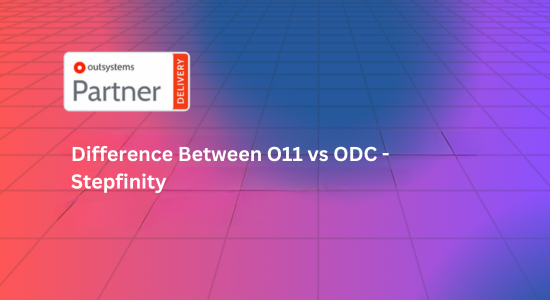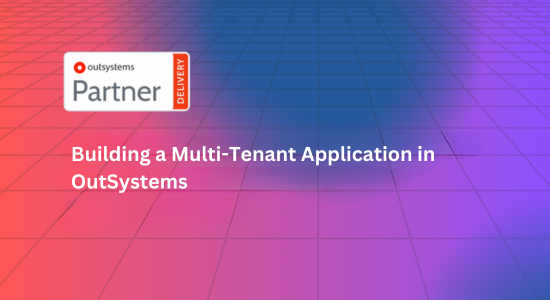In the world of software architecture, choosing the right approach is crucial for building scalable, maintainable, and efficient systems. Two popular architectural paradigms that often come up in this discussion are Microservices and Service-Oriented Architecture (SOA). While both aim to decompose applications into manageable components, they have distinct principles, design patterns, and use cases. This guide will explore the differences, benefits, and drawbacks of Microservices and SOA to help you make an informed decision for your next project.
Understanding Microservices
What are Microservices?
Microservices architecture is a design approach where a single application is composed of multiple loosely coupled, independently deployable services. Each microservice focuses on a specific business function and communicates with other services through lightweight protocols like HTTP/HTTPS or messaging queues.
Key Characteristics of Microservices
- Decentralization: Each service is developed, deployed, and scaled independently.
- Technology Diversity: Teams can choose different technologies and languages best suited for their specific service.
- Continuous Delivery: Facilitates frequent and reliable releases by allowing individual services to be updated without affecting the entire system.
- Resilience: Fault isolation ensures that a failure in one service does not impact others.
Understanding Service-Oriented Architecture (SOA)
What is SOA?
Service-Oriented Architecture (SOA) is a design pattern where software components provide services to other components over a network. SOA emphasizes reusability, interoperability, and integration of services, often utilizing Enterprise Service Bus (ESB) for communication and coordination.
Key Characteristics of SOA
- Interoperability: Promotes communication between different services using standardized protocols like SOAP.
- Service Reusability: Services are designed to be reusable across different applications and projects.
- Integration Focus: SOA is often used to integrate disparate systems within an enterprise.
- Centralized Governance: Centralized control over services and their interactions, often managed via an ESB.
Microservices vs SOA: Detailed Comparison
1. Architecture Style
- Microservices: Decentralized and distributed architecture. Each service is a standalone unit.
- SOA: Centralized architecture with a focus on integrating various services using a central communication layer (ESB).
2. Service Scope
- Microservices: Fine-grained services focusing on specific business capabilities.
- SOA: Coarse-grained services that often encapsulate multiple related functions.
3. Communication Protocols
- Microservices: Uses lightweight protocols like REST, HTTP/HTTPS, or messaging queues (e.g., RabbitMQ, Kafka).
- SOA: Primarily uses SOAP over HTTP, with XML-based messaging for communication.
4. Data Management
- Microservices: Each service manages its own database, promoting a decentralized data management approach.
- SOA: Typically shares a common database across services, leading to a more centralized data management system.
5. Scalability
- Microservices: High scalability due to the independent nature of services, allowing for selective scaling.
- SOA: Scalability can be more challenging due to the tightly coupled nature of services and centralized management.
6. Deployment
- Microservices: Independent deployment of services enables continuous delivery and frequent updates.
- SOA: Deployment can be more complex due to interdependencies and centralized governance.
Benefits and Drawbacks
Microservices
Benefits:
- High flexibility in technology choices.
- Improved fault isolation and resilience.
- Easier to scale specific components.
Drawbacks:
- Increased complexity in managing multiple services.
- Potentially higher latency due to inter-service communication.
- Requires robust DevOps practices and tooling.
SOA
Benefits:
- Strong focus on interoperability and integration.
- Reusable services can reduce development time.
- Centralized control simplifies management.
Drawbacks:
- Scalability can be limited by centralized architecture.
- Higher overhead due to the use of SOAP and ESB.
- Potential for tight coupling and reduced flexibility.
Use Cases
When to Use Microservices
- Developing large, complex applications requiring frequent updates.
- When different parts of the application need to use different technologies.
- Projects with a strong DevOps culture and robust CI/CD pipelines.
When to Use SOA
- Integrating legacy systems within an enterprise.
- Applications requiring strong governance and standardized protocols.
- Situations where service reuse across different applications is a priority.
Conclusion
Both Microservices and Service-Oriented Architecture (SOA) offer unique benefits and are suitable for different types of projects. Microservices provide greater flexibility and scalability, making them ideal for modern, cloud-native applications. On the other hand, SOA’s strengths lie in integrating and managing complex, enterprise-wide systems with a focus on reusability and interoperability.
By understanding the key differences and evaluating the specific needs of your project, you can choose the architecture that best aligns with your business goals and technical requirements.
Get Started with the Right Architecture
Choosing between Microservices and SOA depends on your project’s unique requirements. Evaluate your goals, team capabilities, and the nature of your application to make an informed decision. Whether you opt for the flexibility of Microservices or the robust integration capabilities of SOA, both architectures can help you build efficient and scalable systems.








